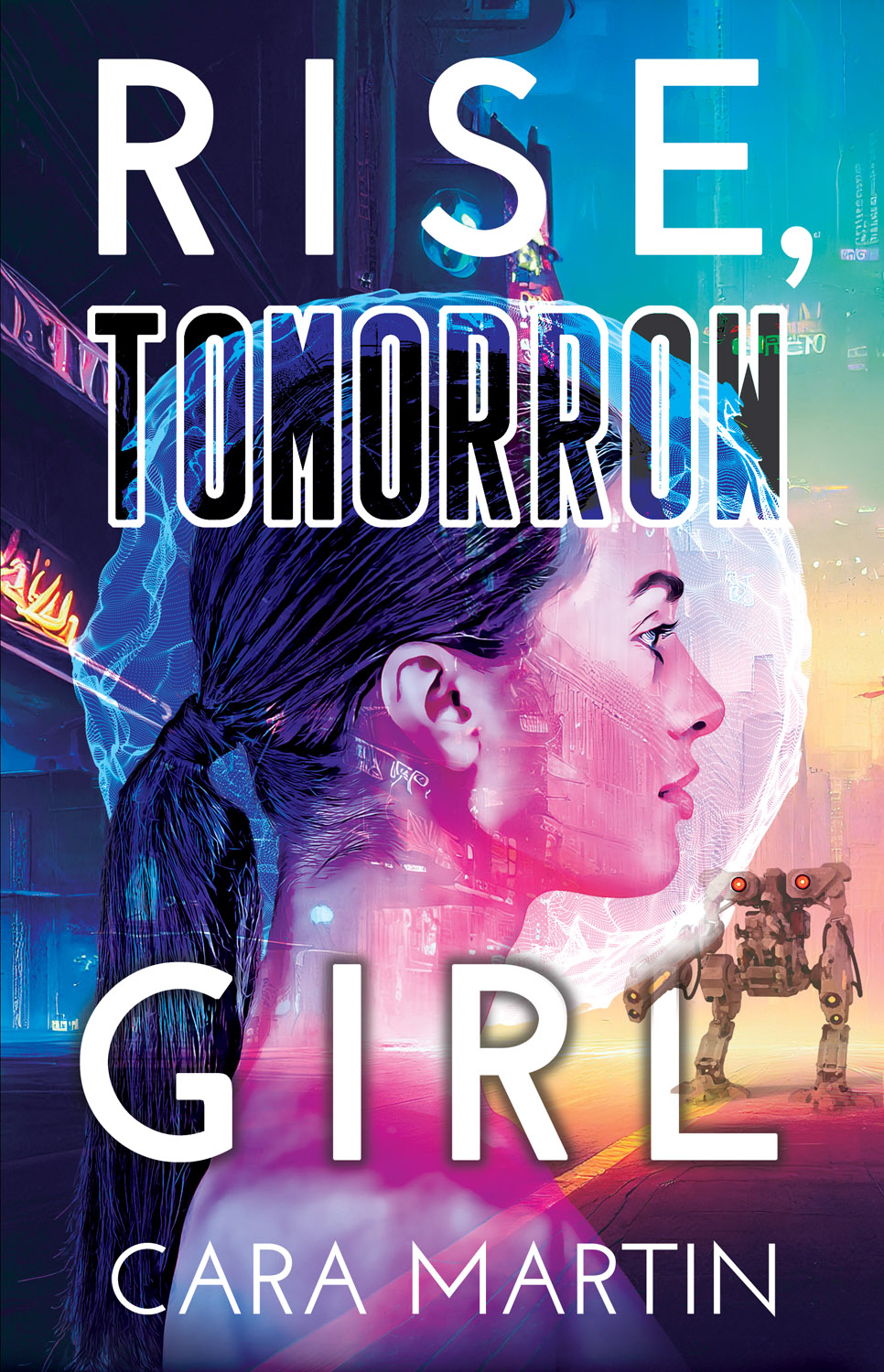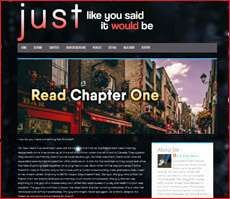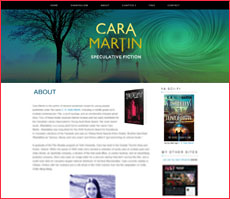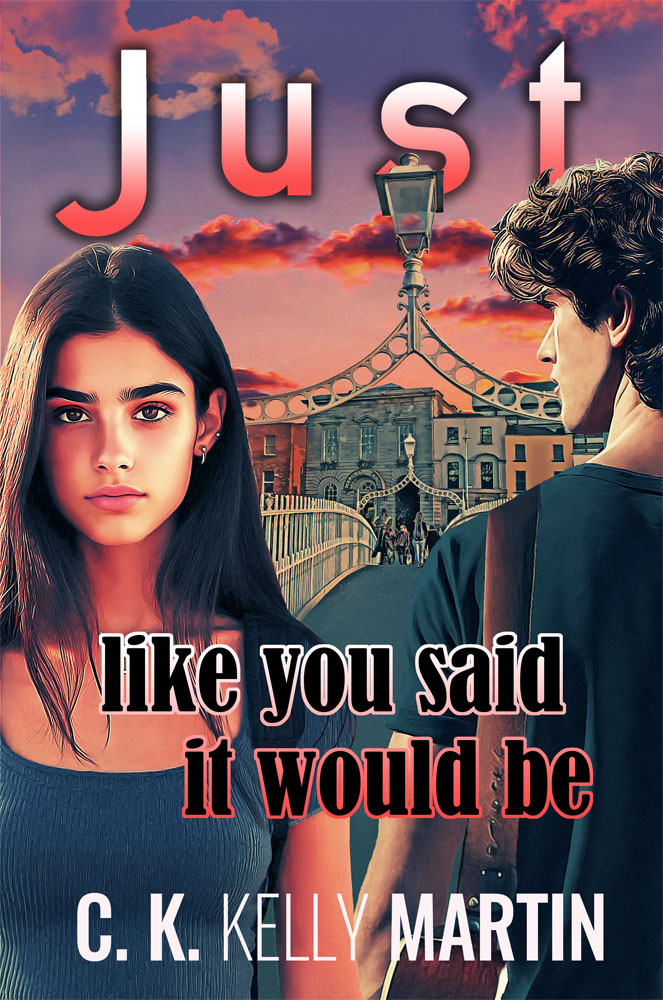Eleven years ago I spent a lot more time blogging than I do these days. MySpace had just lost its place as the largest social networking site in the world, Barack Obama was the President of the United States, Lady Gaga and The Black-Eyed Peas had the highest selling tunes of the year, and Avatar was the highest grossing movie. 2009 is also the year my second young adult book, One Lonely Degree, hit shelves. It all feels like a very long time ago now. Uber and Airbnb were in their infancy. The #MeToo movement hadn’t happened yet, Instagram wouldn’t spring to life for another year and Donald Trump was still just a C-list celebrity with an epic comb-over and a string of business failures behind him. Billie Eilish was eight years old and Netflix had a mere three million users (by October 2019 they’d reached 158 million).
Back in 2009 I posted a blog entry about the kind of books I was interested in writing, exploring my thoughts on penning character-driven contemporary young adult fiction that centres on people carrying some pretty heavy emotional baggage. I’m still drawn to those types of novels, both as a reader and a writer. “What I hope I'm doing, what I'm striving for, is to write books that reflect the reality of teen lives,” I wrote back then. But since shortly after posting that blog entry I’ve actually been writing outside of the boundaries of contemporary fiction as often as I’ve stayed within them. Of the fifteen manuscripts I’ve completed (twelve of those novels have been published so far) only seven sit solidly in the contemporary fiction camp. Interestingly, even two of those books feature presences that could be described as ghosts. The most recent manuscripts I’ve worked on are a young adult horror (Shantallow, published under the name Cara Martin), a speculative YA, a middle grade sci-fi and a middle grade horror. Since 2011 I’ve also had two young adult science fiction novels, a middle grade sci-fi, and a book told in the alternating points of view of a living teenage boy and a dead-but-not-gone teen girl published.

I still primarily write for myself and you will never hear me say that I’m done with contemporary fiction because I know in my bones that’s not true. I have more contemporary stories in me—maybe about teenagers, maybe about kids or maybe about adults. But for the moment, the stories I’m drawn to are ones about things that lie beyond our known realm. “Now, the stuff each writer is dying to tell you is going to vary,” I wrote eleven years ago. Basically, between 2009 and 2020 the scope of things I’m dying to tell you has widened considerably.
However, there are certain things from my 2009 post that remain true. “The character is king in my books. You or I may not like some of the things he or she do or say during the course of a novel but, to the best of my ability, they are the things a given character would say and do, according to their nature.” For example, Shantallow is probably one of the most character-driven horror novels you’ll ever read, Misha’s struggle to avoid his inner demons and become the person he longs to be is at the heart of the book. It also happens to include a possession and a malevolent house intent on hurting both the kidnappers and victims of kidnapping that end up within its threadbare remains.
Some of my books, new and old, are fairly open-ended not because I’m out here planning sequels galore but because, as I wrote back in 2009, “Life is long and there are seldom neat resolutions to complicated situations.” With certain exceptions (a main character dies or all of humanity faces its demise), the end of the story isn’t really the end of the story, it’s just the moment we close the book, and walk away, leaving the characters to get on with things.
Probably the largest difference between my fiction then and now is that the following statement regarding my writing is no longer accurate: “There aren’t a lot of Jack Bauer trying to save L.A. from a terrorist attack type moments.” Some of my books do and will focus mainly on a character’s emotional life, and others (like the Yesterday books) contain their fair share of scenes that wouldn’t feel out of place in an action movie. The possibilities are thrillingly endless.







